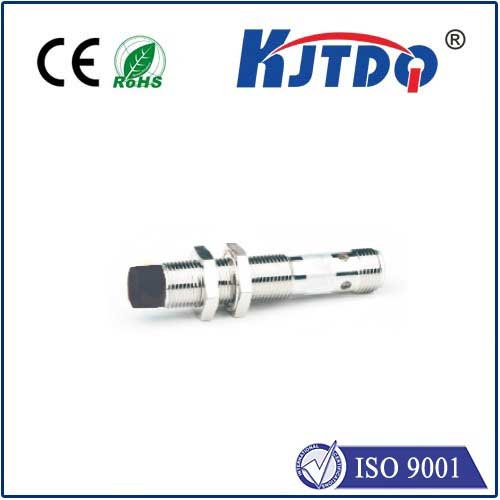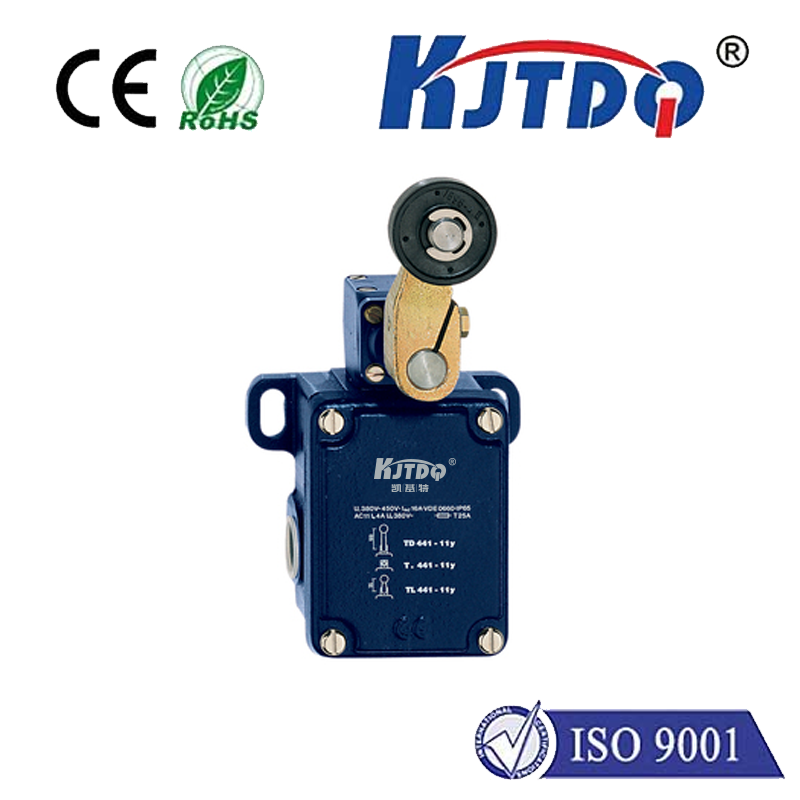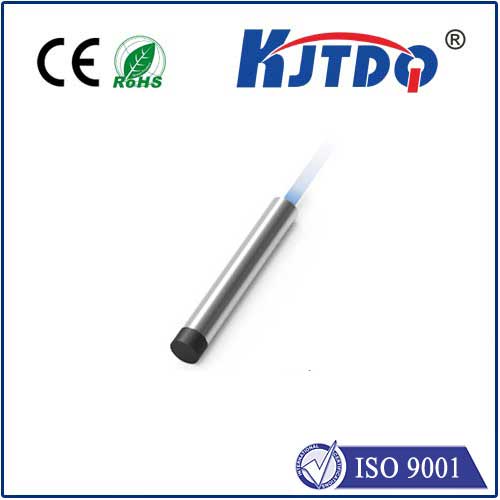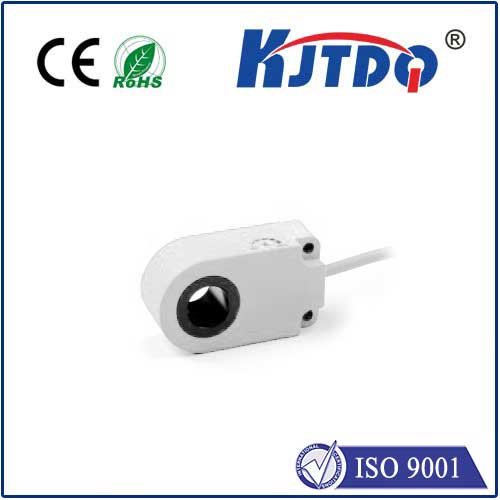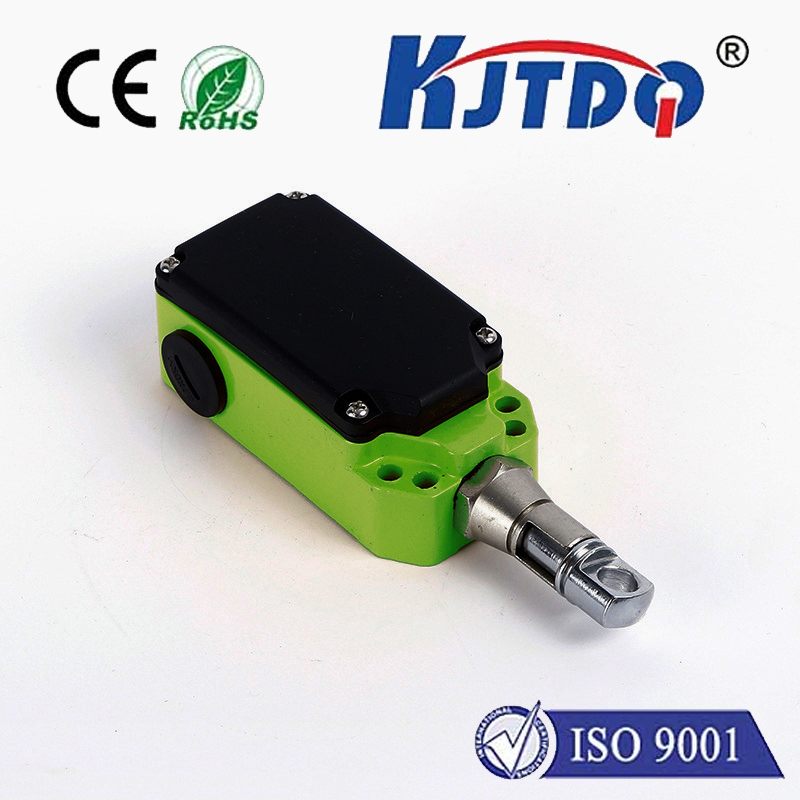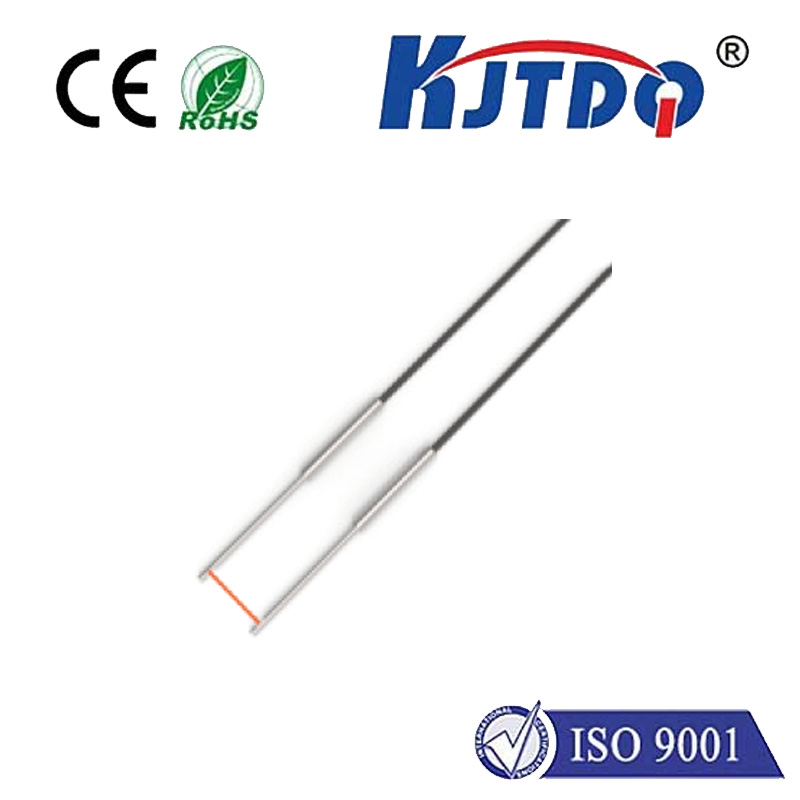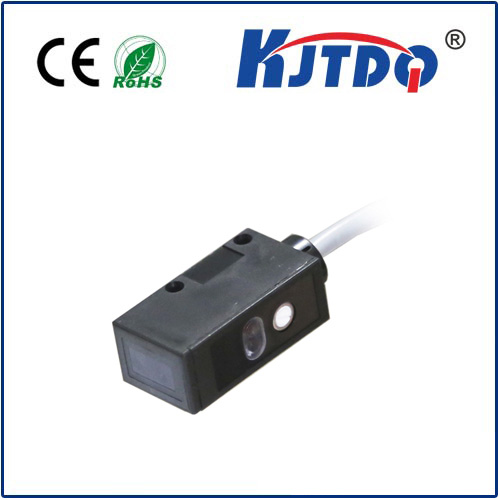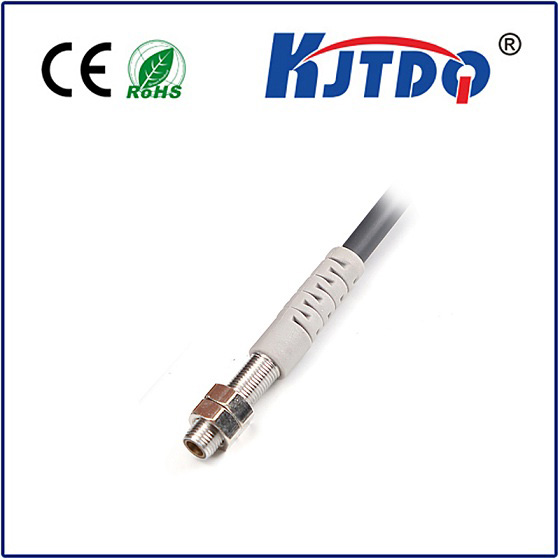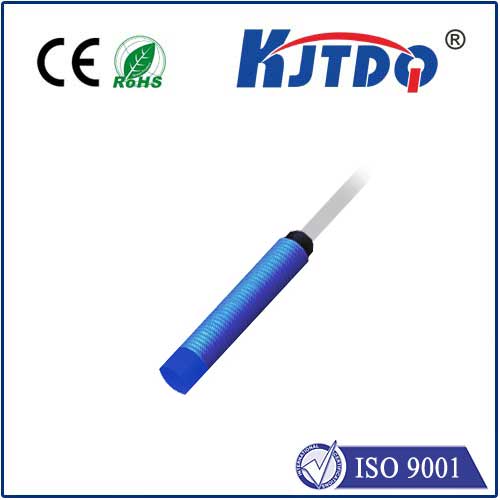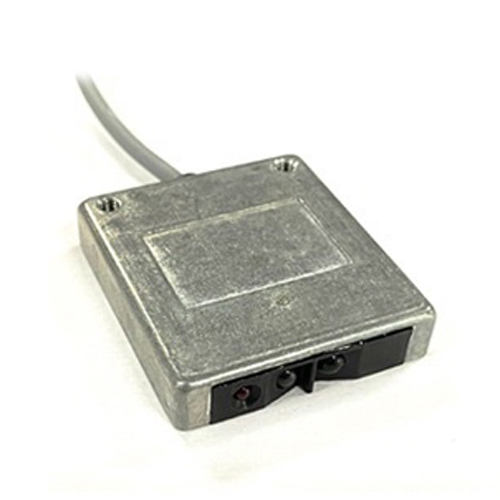temperature sensor switch
- time:2025-08-20 02:32:03
- Click:0
Temperature Sensor Switches: The Intelligent Thermostatic Control Systems Powering Modern Efficiency
Invisible guardians, silent switches – temperature sensor switches are the unsung heroes ensuring countless systems operate safely, efficiently, and reliably within precise thermal boundaries. Far more than just thermometers, these smart components integrate sensing with switching, making critical decisions the moment temperature thresholds are crossed. Understanding temperature sensor switches is key to appreciating their pervasive role in optimizing performance and preventing costly failures across diverse sectors.
Beyond Measurement: The Core Function
At its heart, a temperature sensor switch is a device that:
- Senses: Monitors ambient or surface temperature using a built-in sensor element (common types include thermistors, RTDs, or bimetallic strips).
- Compares: Continuously compares the sensed temperature against one or more predefined thresholds or setpoints.
- Switches: Triggers a physical or electronic switching action (like opening or closing an electrical circuit) when the temperature exceeds or falls below the setpoint.
This seamless integration of monitoring and control is what sets a temperature sensor switch apart from a simple temperature sensor. It acts autonomously without needing constant human intervention or complex external controllers in many basic applications.

Key Components and Variations
Understanding the inner workings clarifies their versatility:
- Sensor Element: The “eye” for temperature.
- Thermistors: Highly sensitive, cost-effective, often used for rough or moderate precision (NTC thermistors decreasing resistance with heat are most common here).
- Bimetallic Strips: Simple, robust mechanical sensors where two bonded metals expand differently, causing physical bending at a specific temperature to actuate a switch.
- RTDs (Resistance Temperature Detectors): Offer high accuracy and stability over a wide range, favored in industrial settings.
- Thermocouples: Useful for very high temperatures.
- Setpoint Mechanism: This defines the trigger temperature. It can be:
- Fixed: Non-adjustable, preset during manufacturing for specific applications (e.g., over-temperature protection cutoffs).
- Adjustable: Allows users to define the desired threshold via a dial, screw, or digital interface, offering flexibility (common in controllers).
- Switching Mechanism: The “muscle” that performs the action:
- Electromechanical Relays: Physically open/close contacts. Handle high currents but can wear out and switch slower.
- Solid-State Relays (SSRs): Use semiconductors for switching. Faster, silent, longer lifespan, but may require heat sinking and handle slightly lower currents than robust relays.
- Digital Output: Provides a logic signal (e.g., HIGH/LOW, open collector) for interfacing with microcontrollers or PLCs.
- Hysteresis: A critical feature. This is the temperature difference between the switch activating (e.g., turning on cooling) and deactivating (turning off cooling). It prevents rapid “chattering” of the switch if the temperature hovers right at the setpoint. For example, a cooling switch might turn on at 30°C but only turn off when cooled back to 28°C (2°C hysteresis).
Where Intelligence Meets Temperature: Ubiquitous Applications
The ability to combine sensing and switching makes these devices indispensable:
- Appliance Safety & Control: Over-temperature protection in motors, pumps, transformers, and power supplies prevents dangerous overheating and fires. Control functions in ovens, refrigerators, freezers, coffee makers, and water heaters maintain precise operating temperatures.
- HVAC Systems (Heating, Ventilation, Air Conditioning): Thermostats, the most recognizable temperature sensor switches, control heating/cooling cycles. Fan controls activate based on heat exchanger temperature. Freeze stats protect coils in cold weather.
- Industrial Automation & Process Control: Monitoring and controlling temperatures in machinery, chemical processes, fluid tanks, extruders, and packaging equipment. Ensuring process stability and equipment longevity.
- Renewable Energy Systems: Preventing battery overcharge/over-discharge (which generate heat) in solar/wind installations. Managing temperature in inverters.
- Electronics Thermal Management: Controlling cooling fans in computers, servers, power amplifiers, and LED drivers to balance noise and performance.
- Automotive: Engine temperature monitoring (cooling fan control), cabin climate control, battery thermal management in EVs, transmission fluid monitoring.
- Medical & Laboratory Equipment: Maintaining critical temperatures for sample storage (incubators, refrigerators), analytical devices, and sterilization equipment.
- Smart Homes: Smart thermostats provide advanced, programmable control and integration with home automation systems, optimizing comfort and energy use.
Advantages: Why Choose a Dedicated Sensor Switch?
While separate sensors and controllers exist, integrated temperature sensor switches offer distinct benefits:
- Simplicity & Cost-Effectiveness: Provide a compact, self-contained solution for basic temperature control needs, eliminating complex wiring and programming for simple tasks.
- Reliability: Purpose-built for switching based on temperature, often with robust designs suitable for harsh environments.
- Speed of Response: Direct coupling between sensor and switch leads to rapid reaction to temperature changes, crucial for protection.
- Energy Efficiency: Prevents systems from running unnecessarily. For instance, a fan controlled only when needed saves significant energy compared to one running constantly.
- Enhanced Safety: Provides vital, automatic shutdown in overheating scenarios, protecting people and equipment.
Selecting the Right Temperature Sensor Switch
Key considerations include:
- Temperature Range & Accuracy: What range must it cover? How precise does the setpoint need to be?
- Setpoint Flexibility: Fixed or adjustable? If adjustable, how easily?
- Switching Requirements: Voltage/Current capacity needed? (AC vs DC). Relay or SSR? Required switching speed?
- Hysteresis: Is adjustable hysteresis needed, or is the built-in default sufficient for the application? (Preventing rapid cycling is vital).
- Environmental Factors: Resistance to moisture, dust, chemicals, vibration, or extreme ambient temperatures?
- Mounting & Probe Type: Surface mount? Immersion probe? Air sensing? Probe length/material?
- Certifications: Are specific safety approvals required (UL, CE, ATEX for hazardous areas)?
The Future: Smarter Integration
While fundamental electromechanical and basic electronic temperature sensor switches remain essential, the trend leans towards greater intelligence. Digital models with communication capabilities (Modbus, BACnet, IoT) allow for remote monitoring, data logging, fine-tuning of setpoints and hysteresis, and seamless integration into broader Building Management Systems (BMS) or Industrial IoT (IIoT) networks. This provides deeper insights for predictive maintenance and ultimate energy optimization.
From preventing catastrophic equipment failure in an industrial furnace to quietly ensuring your refrigerator keeps milk perfectly chilled, the temperature sensor switch is a fundamental technology enabling safety, efficiency, and precision thermal management across the modern world. Its elegant simplicity – sensing a change and taking immediate action – makes it an enduringly vital component in our increasingly automated environment. Understanding its function and application is essential for engineers, technicians, and anyone involved in designing or maintaining systems where temperature control is paramount.












